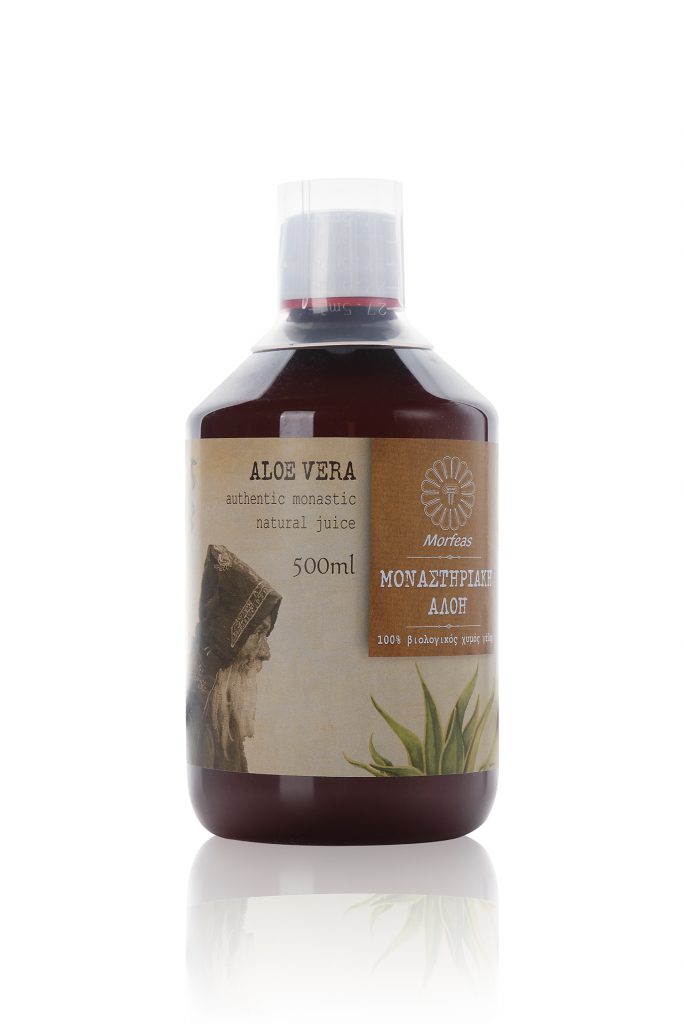Products

Monastic Aloe Vera gel
100% Monastic Aloe Vera gel (without water or other juice admixtures) 500ml
PROTECTIVE AGAINST CANCER
The necessary ally of conventional medicine because it protects the patient from the side effects of chemotherapy and radiation.
The synergistic contribution of aloe to chemotherapeutic and radiological medical treatment in cancer.
The gel from the leaves of the Aloe Vera plant is used to heal wounds and burns that may be caused by radiation therapy.
Some studies show that some components of Aloe have immunomodulatory and anticancer effects.
In liver cancer cells, Emodin from Aloe Vera inhibited cell growth and induced apoptosis. Aloe-emodin also enhanced the effects of radiation therapy.
Administration of Aloe with Chemotherapy may prevent or reduce oral mucositis in patients. In addition, it may benefit patients with metastatic cancers.
Whether taken whole Aloe or its compounds, through various articles we found that Aloe is a beneficial plant that has been effective against many types of cancer.
Nine different compounds in Aloe have been identified as having anticancer activity involving multiple pathways. The anticancer activity depends variably on the types of compounds, the time and the type of cancer. Given the anticancer effects of its compounds alone or of the whole leaf, Aloe exerts its anticancer effects through several mechanisms that could act synergistically. There is a high possibility that the whole Aloe or the combination of some of its compounds could be a chemotherapy-based treatment that could have therapeutic value in the chemotherapy of different types of cancers with no or minimal side effects.
However, we realized that there are few studies that have been conducted on Aloe showing its molecular cancer suppressing activity. It is for example the role of Aloe in inflammation, regulating glucose metabolism in cancer cells. Only 2 databases were explored and furthermore many of these studies were conducted on Aloe vera despite the fact that there are many species of Aloe and this is one of the weak points of this review. There is a need to conduct more studies, especially in vivo, to examine the molecular activities of different Aloe species in order to design more effective therapeutic agents.
